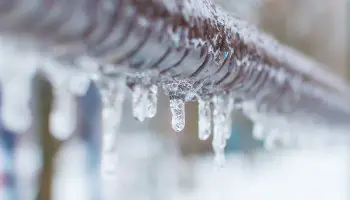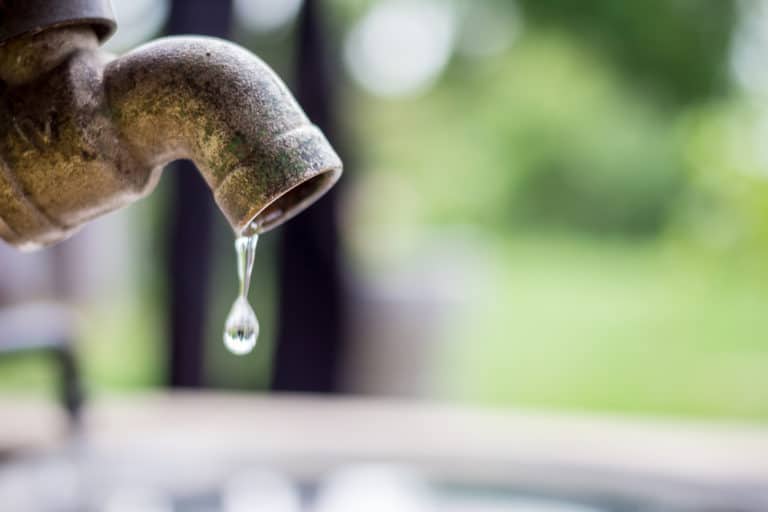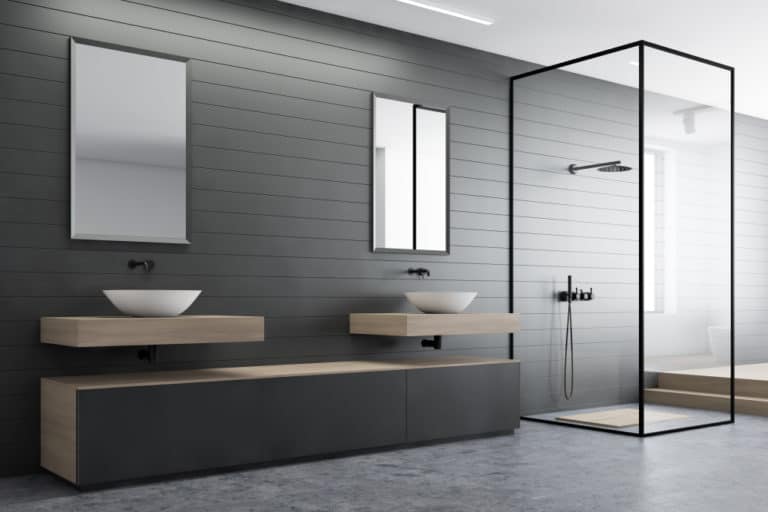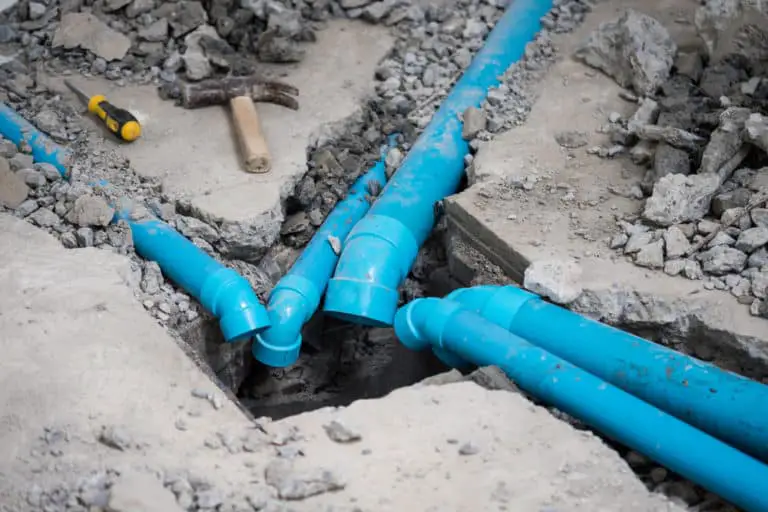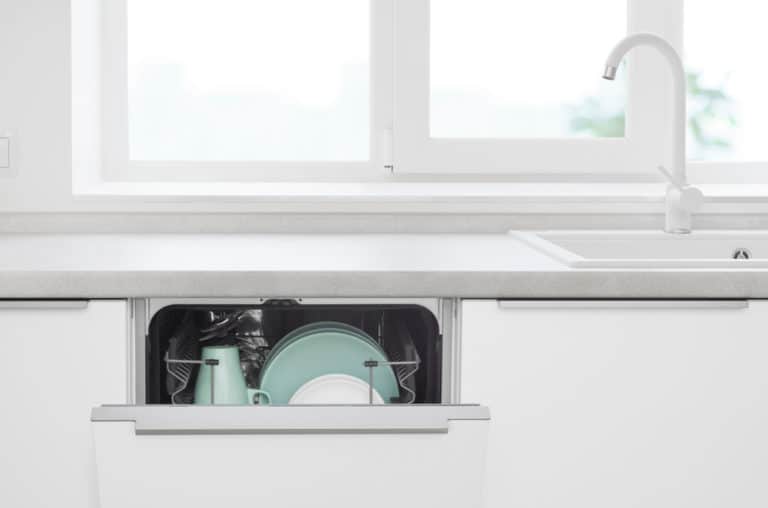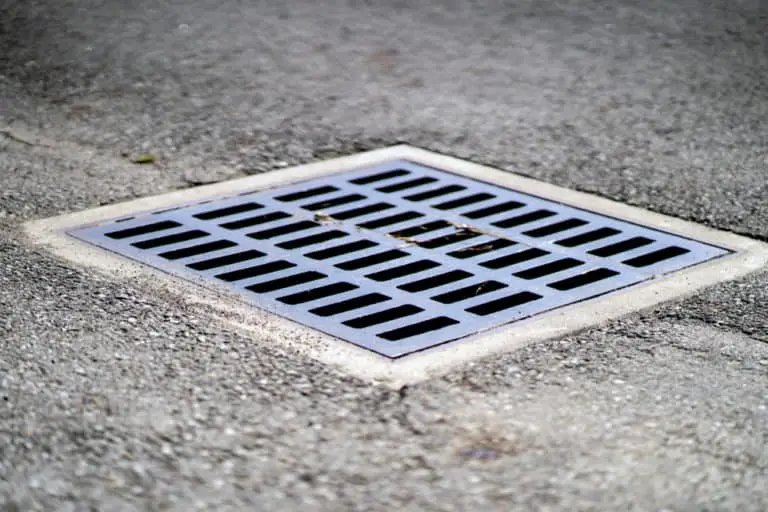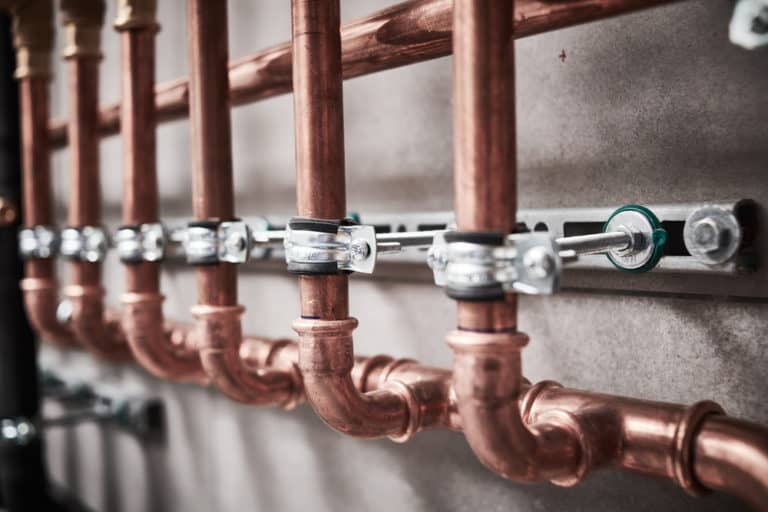Do Pipes Freeze in a Crawlspace?
Freezing pipes are a major concern for homeowners. There’s nothing worse than having water-problems in the middle of winter. The question now is if your crawlspace foundation type makes your pipes more susceptible to freezing.
So do pipes freeze in a crawlspace? Pipes located in your crawlspace can freeze. Crawlspaces are exposed to both cold winds and permafrost, which can cause the temperatures within your crawlspace to go low enough to freeze pipes.
In this article, we’ll be going into crawlspaces during winter, preventing pipes from freezing, what to do when your pipe is frozen, and what not to do if you have a frozen pipe.
How to prevent pipes freezing in a crawlspace
A good rule of thumb is to constantly maintain a temperature above 50 degrees Fahrenheit( 10 degrees Celsius) to prevent your pipe from freezing. Since crawlspaces are exposed to cold winds and permafrost, you’ll need to do the following measures to ensure that the temperature within your crawlspace is regulated.
Insulation
Insulation is defined as the prevention of temperature changes between one object to another. The type of insulation finish to use highly depends on how your crawlspace is built. We’ll only be tackling the general process of insulating a crawlspace.
- Walls and floors
You’ll need to insulate the walls and floors of your crawlspace, first and foremost. Walls are exposed to the outside air and part of the ground, while floors can be exposed to permafrost(unless you already have frost walls that prevent this from happening). Foam insulation can be used for these two.
- Crawlspace ceiling
We want to prevent heat loss for your house and at the same time prevent cold air from escaping into it. Adding an insulation barrier to your crawlspace will help seal in the air, making it much easier for it to be regulated.
- Gaps
As much as possible, we don’t want cold air to steep into the crawlspace or escape into where the pipes are located. It’s recommended that you fill up any gaps between your installed insulation as much as you can to prevent this from happening. Foam sprays can be used for this.
- Pipes
You’ll also want to insulate the pipes themselves. Having your pipes taped with insulation material(heat tape), etc., can be used to ensure that the temperature of your pipe and inside your pipe doesn’t fall to freezing.
Control the air
When it comes to keeping things warm, the most efficient way is regulating the air temperature of a given space. As we all know, warm air tends to move up while cold air tends to move down.
During wintertime, it’s advised that you prevent the stack effect from happening. The stack effect refers to air movement due to the difference in air pressure between the outside environment and the inside environment.
For a simplified explanation, cold air is denser than warm. Cold air will tend to steep into a building, which will force warm air to move out.
Heat
Your heating system will play a big role in reducing the likelihood of your pipes freezing. Besides heating your home, you should also emphasize making sure that your crawlspace receives warm air.
A dedicated heater for your crawlspace can be utilized, be warned, however, that too much heat can cause moisture to form, and if the heat were to shut off, this could increase the likelihood of your pipes freezing.
Gate Valves
Gate valves are your first and last line of defense. It’s essential that you know which gate valve closes which plumbing fixture in your house.
If a pipe is frozen, your gate valve can prevent water pressure from building up, which prevents the pipes from bursting. Make sure that your gate valves are also protected and won’t get frozen shut during the wintertime.
Preparation
In general, if you know that cold temperatures are coming, then you should do the necessary preparations. These are:
- Clean everything
You’ll want to make sure that everything’s in order before the winter comes.
- Check everything
While cleaning, check if the parts of your house are in good condition. You’ll have more to worry about than frozen pipes if you find that your attic’s insulation is also in bad condition.
- Drainage
Exposed and outdoor water systems such as pools, sprinklers, hoses, and faucets should be protected and drained. You probably won’t use these during the wintertime, and it’s best to take steps to ensure that these don’t get damaged.
- Know what to do
All parts of a structure affect one another. Ensure that you also know the preventive measures needed to take during the wintertime for the other parts of your home (exterior walls, roofs, windows, electrical, etc.)
For pipes, make sure that you keep a bit of water running during the coldest days of winter. Running water rarely freezes while still water can.
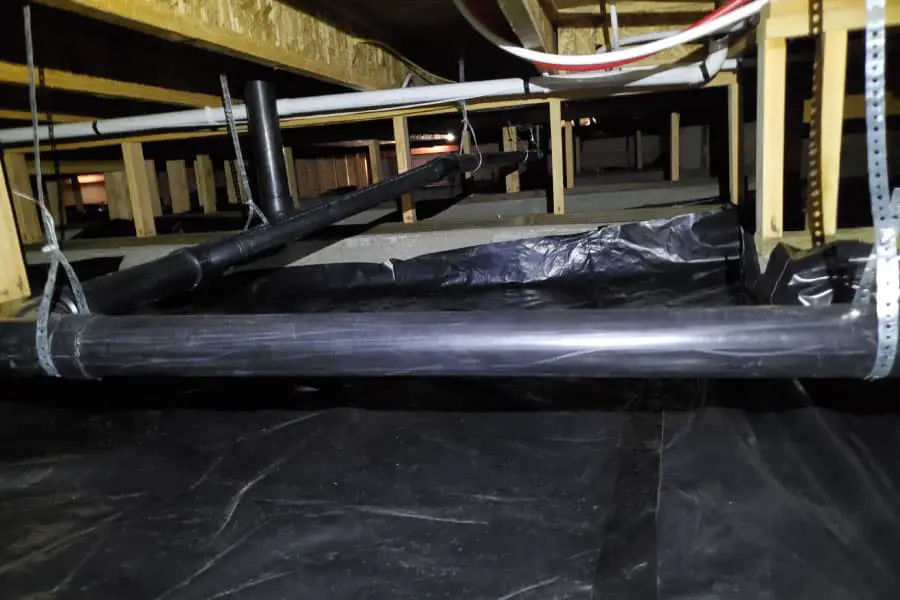
How to tell if your pipe is frozen
All plumbing systems have two distinct types of pipes, which are water pipes and drainage pipes. These two types of pipes have their own signs indicating if they are frozen or not. It’s important that you know the distinction between the two before trying to mend a frozen pipe.
| Signs of a Frozen Pipe | |
| Water pipe | Drainage Pipe |
| Frost on the pipe | Frost on the pipe |
| Water pressure suddenly weakens/ is gone entirely | Drains suddenly clog/ water drains slower than usual |
| Water leaking from the pipe | Water leaking from the pipe |
One of the best advantages of having a crawlspace-type foundation is how accessible utilities are. If you suspect that your pipes are frozen, you can easily see yourself if they really are. You’ll also be able to identify which pipes are frozen and which ones aren’t.
What to do if your pipes freeze in a crawlspace
If your pipe is already frozen, your first concern should be preventing any more damage from happening to your water system. Here are the steps that you should take if you find a frozen pipe in your crawlspace.
- Stop the water
To prevent water pressure from building up within your pipes, you’ll first need to turn your gate valve to stop the flow of water.
- Assess the damage
Check for any cracks or deformations along your pipes. If any, it signifies that pressure has already done damage to your pipe, and you’ll most likely need to have it repaired/changed. If there are no visible signs of damage, you can attempt to thaw the pipe.
- Repairs/Thawing
If your pipe has minor cracks, you can use tape to act as a temporary sealant until the weather gets better. If your pipe has a gaping hole or deformed, then you’ll need to call in a repairman to have it fixed/replaced.
If there’s no visible damage, you can attempt to heat the part of the pipe you believe is frozen. A common suggestion is to use a hairdryer to thaw the pipes by directing the warm air throughout the pipe’s surface.
- Usage
As a method of testing if your pipe is okay. Turn your gate valve back and turn on the faucets to check if the water pressure is back to normal.
Conclusion
Freezing pipes are a big concern but can be avoided as long as you have the right preventive measures in place. Having a crawlspace foundation allows you to easily check on your pipes and see what’s going on if anything goes wrong. When dealing with frozen pipes, the most important thing is to make sure you know where your gate valves are located. This prevents further damage caused by a freezing pipe and allows you to do the necessary repairs once the weather clears up.

